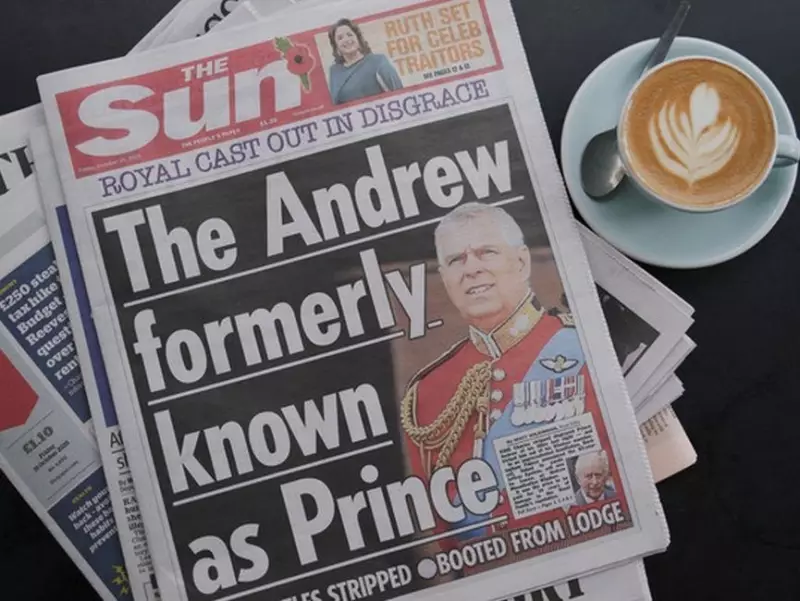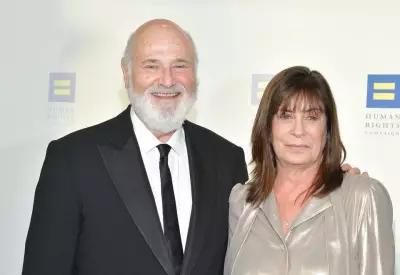
The man once known globally as Prince Harry has undergone a remarkable transformation that speaks volumes about the evolving nature of modern monarchy. Now identified simply as Harry Windsor in official Canadian documents, this change represents more than just paperwork—it symbolizes a fundamental shift in identity and status.
When Harry and Meghan stepped back from royal duties in 2020, their move to North America was met with both fascination and skepticism. Four years later, the practical implications of that decision are becoming increasingly apparent through subtle but significant documentation changes.
The Documentation Tells the Story
Recent corporate filings with Innovation, Science and Economic Development Canada reveal that "Harry Windsor" is now the official name used for business purposes. This isn't merely a casual preference but a legally recognized designation that reflects his current status outside the working royal family.
The documents list his profession simply as "businessperson," a stark contrast to the royal titles and military ranks that once defined his public identity. This bureaucratic reality underscores how far the Duke of Sussex has moved from his former life as a senior working royal.
Canadian Connections and Global Implications
While Harry maintains his royal title of Duke of Sussex in social contexts, the adoption of "Windsor" for official Canadian matters demonstrates a pragmatic approach to his new life. This balancing act between inherited privilege and chosen ordinary existence raises intriguing questions about modern aristocracy.
The couple's continued connection to Canada—where they spent transitional time before settling in California—highlights the country's unique position in Commonwealth relations. Canada's historical ties to the monarchy make it a natural landing spot for royals seeking distance without complete separation.
What This Means for the Monarchy's Future
Harry Windsor's transformation offers a compelling case study in how the royal institution adapts to changing times. The seamless transition from "His Royal Highness" to "businessperson" in official records demonstrates the monarchy's flexibility in accommodating members who choose alternative paths.
This evolution reflects broader societal shifts toward individual autonomy and career diversity, even within traditionally rigid institutions. The Windsor name, stripped of its princely prefix, still carries weight while allowing for personal and professional reinvention.
As Harry continues to build his life between California and occasional Canadian visits, his story represents both continuity and change within the royal framework—a narrative that continues to captivate observers on both sides of the Atlantic.





